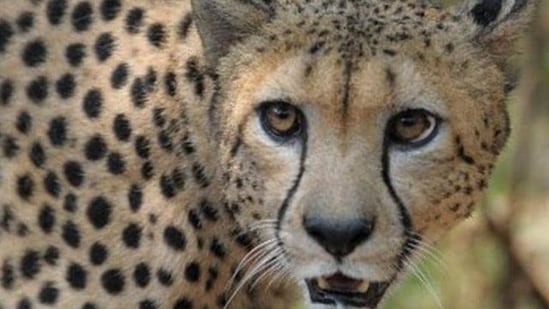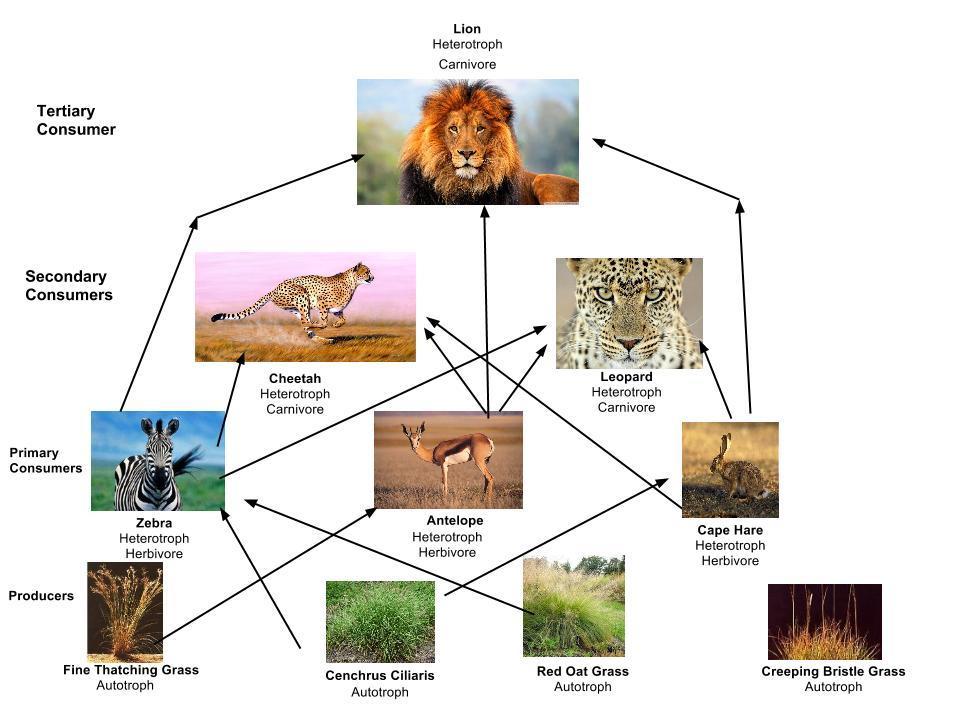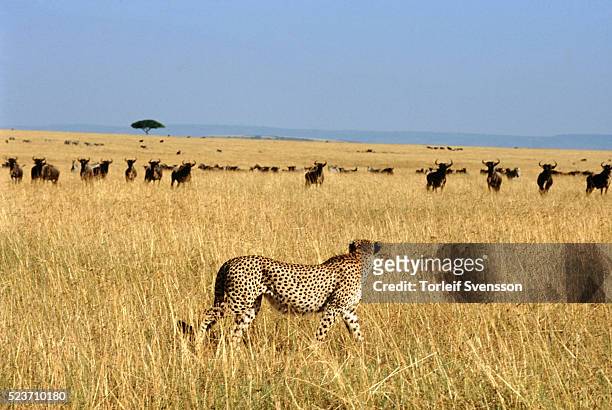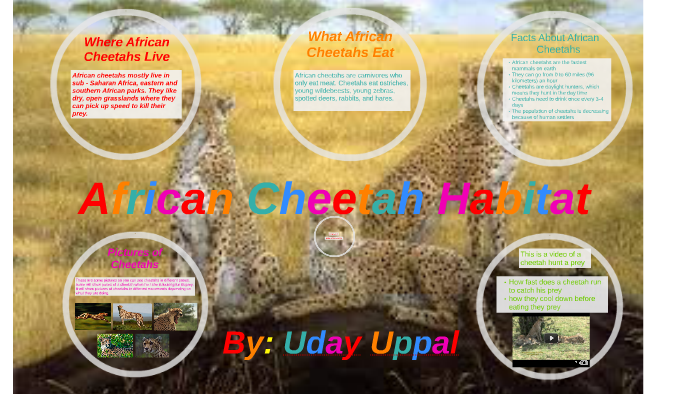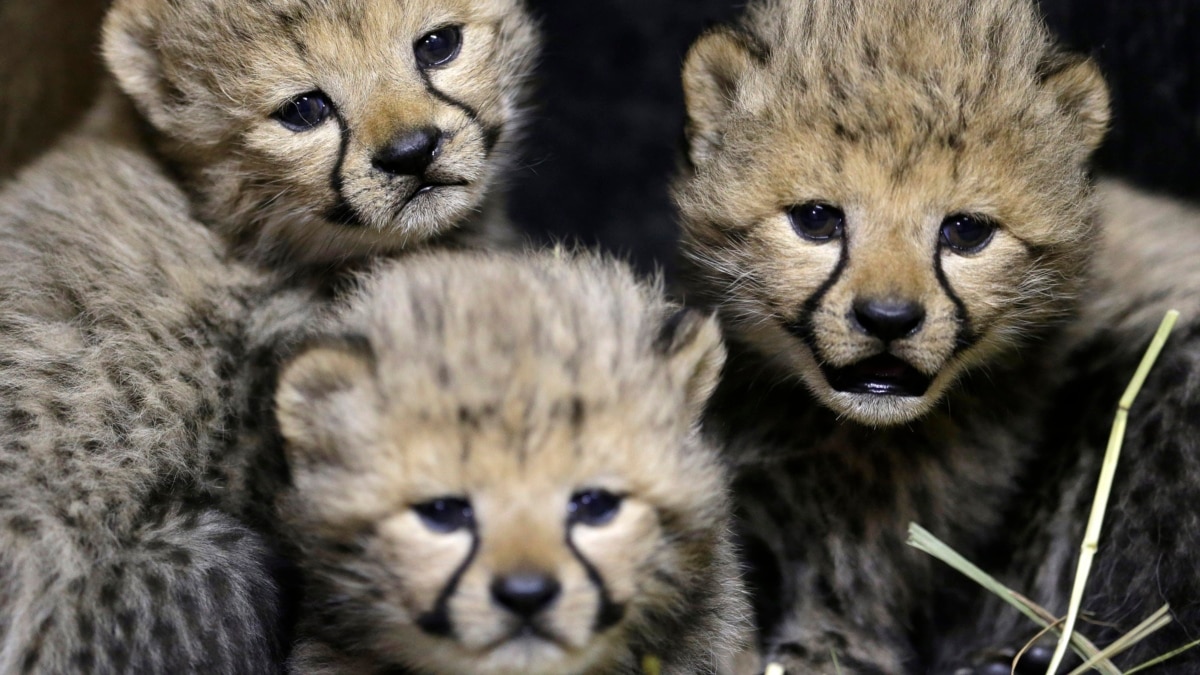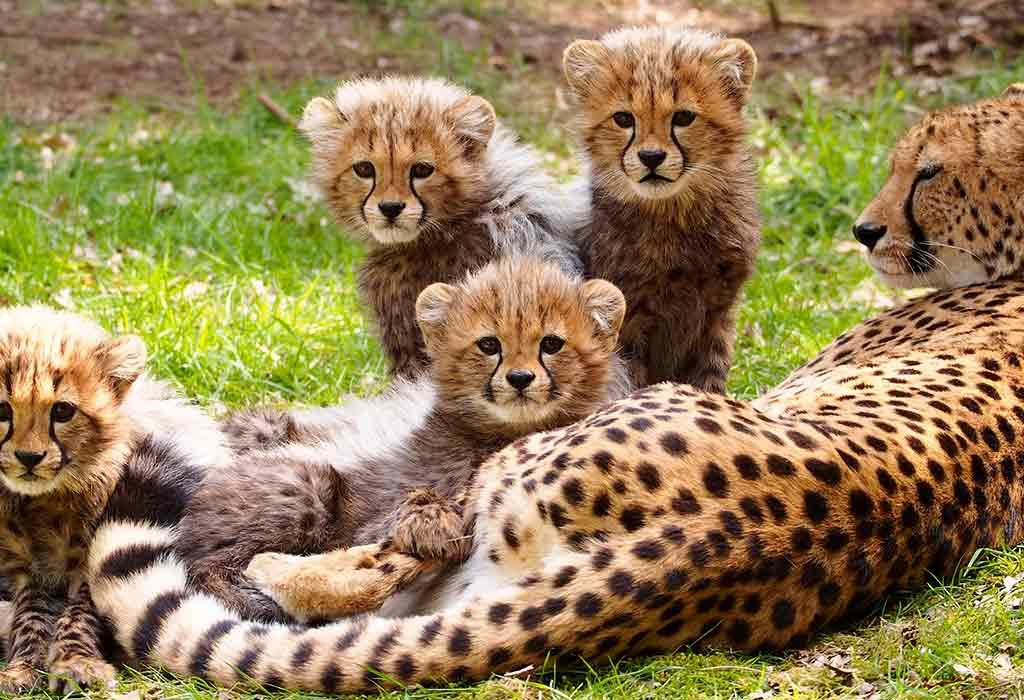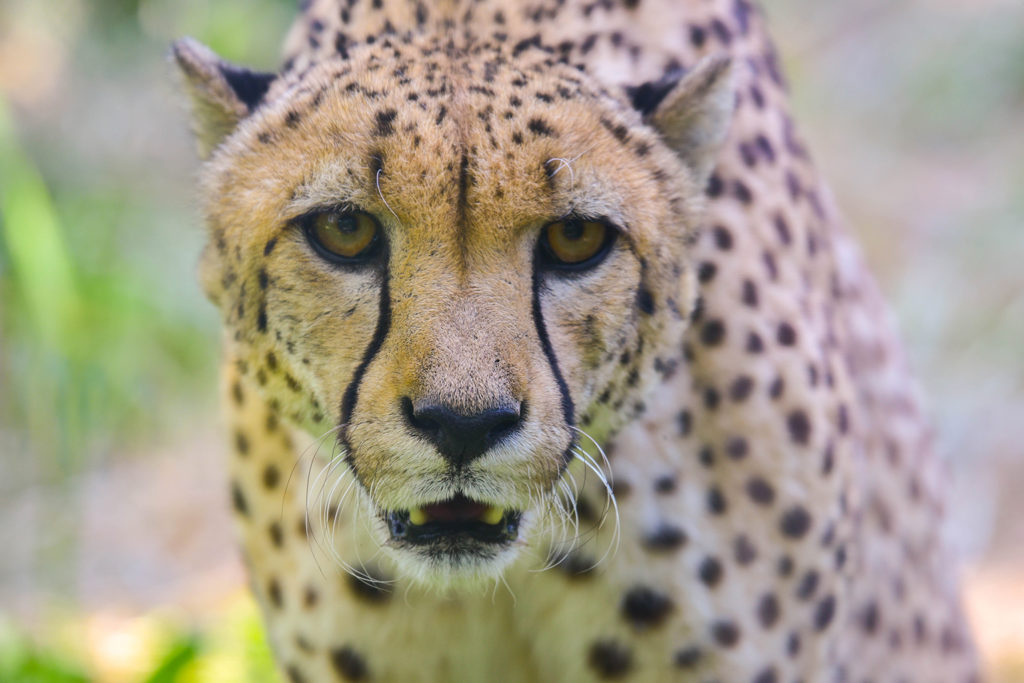Cheetahs are unique among big cats in that they are specialized for speed rather than strength. This specialization has allowed them to carve out a niche in the African and Asian grasslands, where they are the top predators.
Cheetahs are found in a variety of habitats, including savannas, woodlands, and grasslands. They are adapted to live in these open environments, with long legs, a slender build, and a flexible spine that allows them to run at speeds of up to 75 mph. Cheetahs are also adapted for hunting, with keen eyesight, sharp claws, and a powerful jaw that can deliver a killing bite to their prey.
Despite their adaptations for speed and hunting, cheetahs face many challenges in their natural habitat. They are vulnerable to other predators, such as lions and hyenas, which can steal their kills and pose a threat to their cubs. Cheetahs are also threatened by habitat loss, as their grassland habitats are being converted for agriculture and urban development.
In order to survive in their niche, cheetahs must rely on their speed and agility to evade predators and catch their prey. They are known to hunt a variety of animals, including gazelles, antelopes, and hares, and will often use their speed to chase down their prey before delivering a killing bite.
Despite these challenges, cheetahs have managed to survive and thrive in their niche for thousands of years. They are an important part of the ecosystems in which they live, and their loss would have serious consequences for the balance of predator and prey populations.
Overall, the cheetah's niche as a top predator in the grasslands of Africa and Asia has allowed them to survive and thrive in their natural habitat. However, they face many challenges and are vulnerable to habitat loss and other threats. It is important to protect and conserve cheetah populations in order to ensure their continued survival in their niche.
